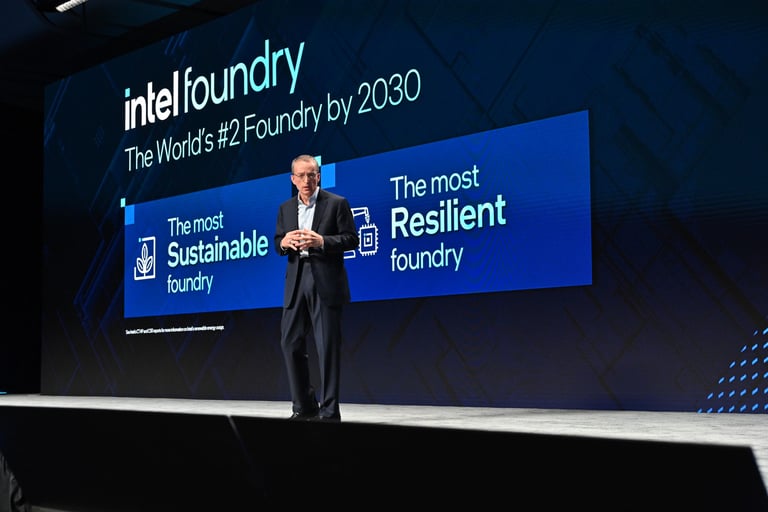Intel Joins Forces with NVIDIA to Boost AI Chip Production Amid Soaring Demand
August 3, 2024
Intel Foundry Services (IFS) is set to begin supplying NVIDIA as early as next month, establishing itself as a crucial partner in addressing NVIDIA's packaging needs.
This partnership comes at a time when NVIDIA is struggling to meet the soaring demand for AI chips, with existing suppliers like TSMC unable to fully satisfy the requirements.
The increasing demand for NVIDIA's AI products has prompted the company to seek new collaborations to ensure optimal supply and enhance ordering experiences for its clients.
As part of this collaboration, Intel will produce 5,000 H100 wafers per month to help meet the demand for NVIDIA's AI GPUs.
This output significantly surpasses the capabilities of competitors like TSMC, positioning Intel as a formidable player in the market.
NVIDIA is particularly interested in Intel's Foveros 3D stacking technology, which competes with TSMC's CoWoS-S packaging process, and will be crucial in fulfilling its requirements.
By adding Intel Foundry as a supplier for its CoWoS packaging technology, NVIDIA aims to expand its supply chain and mitigate risks associated with reliance on a single source.
This partnership represents a significant opportunity for Intel to enhance its financial standing amid ongoing challenges in the semiconductor market.
Intel's CEO, Pat Gelsinger, has emphasized that IFS aims to evolve into an 'AI factory,' focusing on advanced packaging technologies tailored for the AI market.
Under its IDM 2.0 strategy, Intel is heavily investing to position IFS as a global leader in semiconductor manufacturing, which has attracted NVIDIA's attention.
The collaboration may also encompass NVIDIA's Hopper generation AI products, including the highly sought-after H100 GPUs, thereby significantly enhancing NVIDIA's production capacity.
NVIDIA has faced supply bottlenecks due to its dependence on TSMC for high-demand products like the H100 and A100, making this partnership with Intel even more critical.
Summary based on 2 sources

